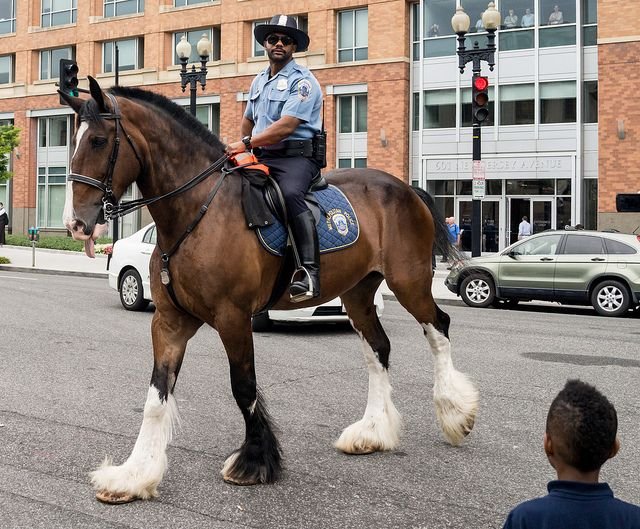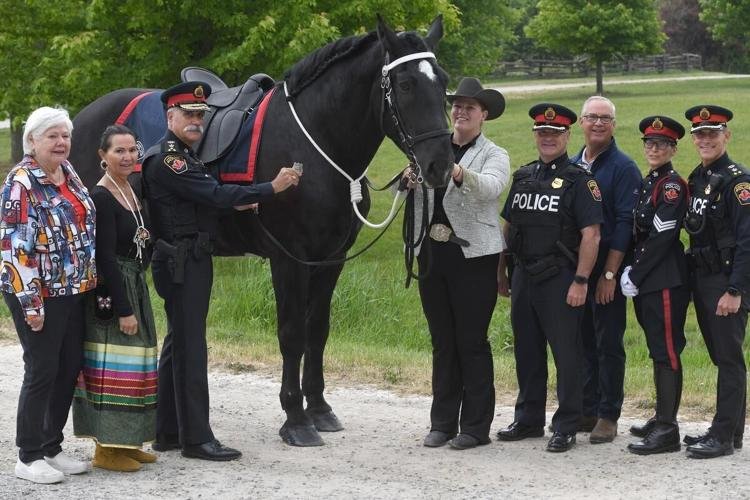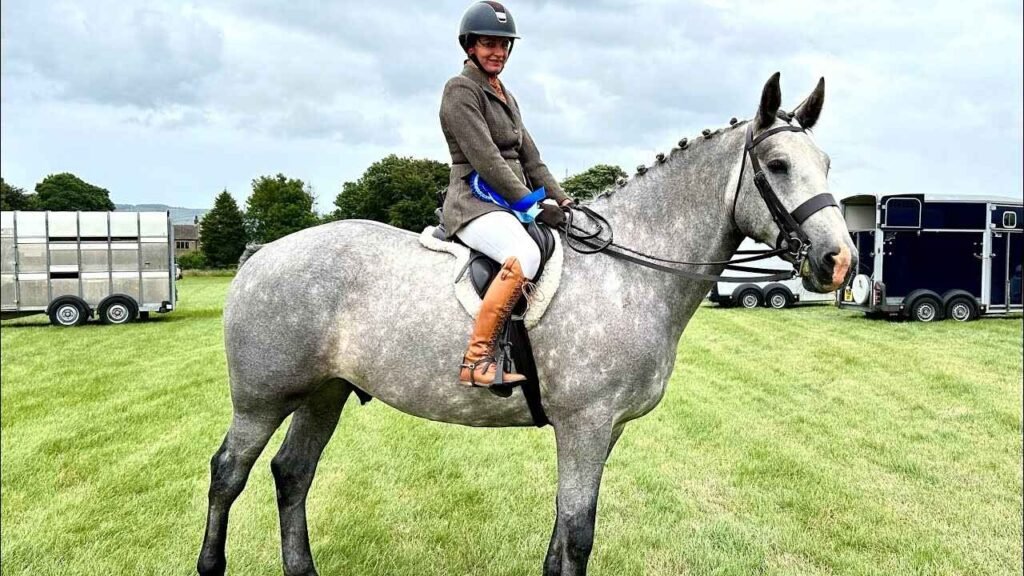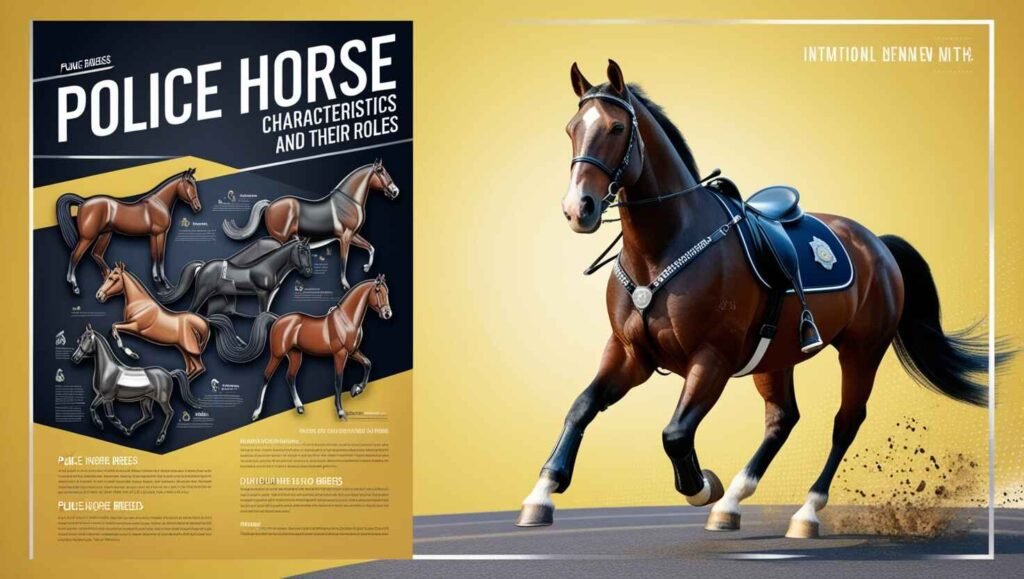Mounted police units are a crucial component of law enforcement, providing a unique blend of strength, agility, and a calming presence. Despite advancements in technology, the use of horses in policing continues because of their adaptability and the strong partnership they form with officers. These equine partners are more than just a piece of the past; they remain essential for maintaining order and safety in various law enforcement situations.
A Brief History and Uses
The tradition of mounted police dates back to the early 1800s, with the first formal unit established in London. The concept soon spread to places like New York, where mounted units became official in 1871. While the rise of automobiles led some to think that horses might become obsolete, their versatility allowed them to take on new specialized roles. Today, police horses are often used for crowd control and public event management, where their size and presence help manage large gatherings and create physical barriers. They also act as calming influences during riot control, helping to de-escalate tense situations without using force. In search and rescue missions, their endurance and ability to navigate challenging terrain make them invaluable for reaching areas inaccessible to vehicles.
For more information on the world’s most expensive breeds of horse, you can explore this resource to learn about how certain breeds used in mounted units can also be highly valued in the horse market.
Detailed Overview of Common Police Horse Breeds
Certain horse breeds are preferred in mounted police units due to their history, distinctive qualities, and suitability for various law enforcement roles. Here’s a detailed look at some of the most commonly used police horse breeds and what makes them ideal for these tasks.
1. Clydesdale

- History: Originating in Scotland during the 19th century, Clydesdales were bred for agricultural work, pulling heavy plows and carts. Their impressive strength and size quickly attracted the interest of law enforcement, who saw their potential in crowd control and ceremonial duties.
- Characteristics: Standing between 16 and 18 hands high (1 hand = 4 inches), Clydesdales are known for their massive build and distinctive feathered legs. Their calm and steady disposition, combined with their power, makes them suitable for maintaining control in chaotic situations.
- Roles in Policing: Clydesdales’ imposing size commands respect, making them highly effective for managing large gatherings and establishing order during events. They also excel in ceremonial appearances, where their majestic presence adds to the atmosphere of public parades and official events.
- Why They’re Chosen: Their combination of strength, stamina, and approachable nature makes them suitable for long shifts. Additionally, their gentle temperament allows for safe public interactions, making them ideal for community events.
2. Percheron

- History: The Percheron breed originated in medieval France, where they served as war horses before transitioning to agricultural work. Their calm nature and capacity for carrying heavy loads made them a natural fit for police roles.
- Characteristics: Percherons typically stand between 15 and 17 hands tall and are known for their muscular build and endurance. Their ability to adapt to different environments, from urban streets to rugged terrain, enhances their versatility.
- Roles in Policing: Frequently used for crowd management and ceremonial duties, Percherons provide a steadying presence in situations that require calmness under pressure.
- Why They’re Chosen: Their consistent temperament and stamina enable them to handle demanding tasks, making them a versatile choice for various law enforcement scenarios.
Learn more about legendary war horses that made history in epic battles, including how breeds like Percherons were used for their strength and endurance in war before transitioning into police roles.
3. Irish Draught

- History: The Irish Draught was bred in Ireland in the 18th century for versatility, capable of farm work and cavalry service. Their robust build and agility made them suitable for police duties.
- Characteristics: Combining the strength of a draft horse with the agility of a sport horse, Irish Draughts stand between 15 and 17 hands high. They are hardy, athletic, and possess a calm, intelligent nature.
- Roles in Policing: Their agility allows them to navigate rugged terrain and confined spaces, making them ideal for search and rescue, rural patrols, and crowd management.
- Why They’re Chosen: Appreciated for their work ethic and balanced combination of power and agility, Irish Draughts adapt quickly to various policing tasks.
4. Thoroughbred

- History: Bred in England in the 17th century for racing, Thoroughbreds are known for their speed and stamina. Their athletic build and quick reflexes translate well to police work.
- Characteristics: Thoroughbreds are distinguished by their sleek build and high energy, setting them apart from other police horse breeds. They have a lean, muscular frame that allows for exceptional speed and quick acceleration, making them well-suited for tasks that require rapid movement. Typically standing between 15 and 17 hands tall, they possess a natural athleticism and endurance that enables them to perform effectively over long distances and during extended shifts
- Roles in Policing: Ideal for rapid response, Thoroughbreds are used in situations such as pursuing suspects or patrolling large open areas. They are also well-suited for ceremonial events requiring high levels of athleticism.
- Why They’re Chosen: Although they may need more intensive desensitization training, their speed and quick decision-making provide an advantage in scenarios that demand swift action.
5. Dutch Warmblood

- History: Developed in the Netherlands after World War II, Dutch Warmbloods were bred for versatility in equestrian sports. Their athleticism and trainability made them suitable for both ceremonial and patrol duties.
- Characteristics: Known for their elegance and athleticism, Dutch Warmbloods typically stand around 16 hands high. Their well-balanced frame makes them adaptable for various tasks.
- Roles in Policing: These horses are commonly used for ceremonial duties, parades, and urban patrols, where their grace and precision are on display. They also navigate urban environments effectively. Read More…
- Why They’re Chosen: Their calm demeanor and ability to learn complex tasks quickly make them ideal for high-profile events. Dutch Warmbloods’ adaptability ensures they perform well in both formal duties and general policing.
For more about the legendary horse breeds known for speed, strength, and beauty, including some of the breeds featured here, visit this detailed guide.
Modern-Day Relevance of Police Horses
Despite technological advancements, police horses continue to be valuable in law enforcement. Their roles in crowd management, search and rescue, and community relations demonstrate their ongoing importance. Their presence in public spaces not only upholds the tradition of mounted policing but also serves as a living link to history while actively contributing to contemporary policing.
FAQs
Q1: What makes certain horse breeds more suitable for police work?
These horses are chosen for their strength, temperament, and endurance, making them ideal for tasks such as crowd management, ceremonial duties, and search and rescue. The selected breeds often have a steady nature, enabling them to stay composed in high-pressure situations.
Q2: How are police horses trained to handle loud noises and crowds?
Police horses undergo desensitization training, which includes exposure to loud noises, sudden movements, and unusual sights. This helps them stay calm and focused, even in chaotic environments.
Q3: Why do mounted units still exist in modern law enforcement despite technological advancements?
Mounted units remain relevant because of their adaptability in roles that technology cannot fulfill, such as crowd control and patrolling difficult terrain. Their historical connection and public relations value also make them an asset for community engagement.
Q4: What are the most common breeds used in mounted police units?
Popular breeds include Clydesdale, Percheron, Irish Draught, Thoroughbred, Dutch Warmblood, and American Quarter Horse, each offering qualities that suit various law enforcement roles.

